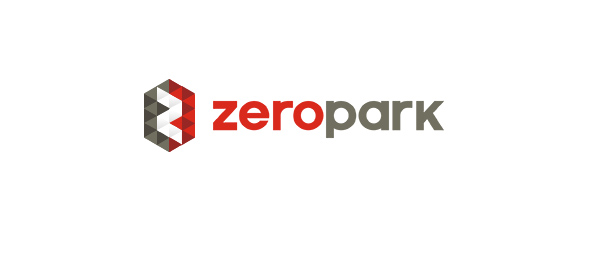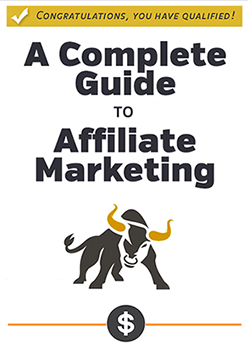ZeroPark Does Not Want Clean Ad Spend
I have had hundreds of campaigns rejected over the years; many quite rightly.
Today marks the first time I have had a campaign rejected for the reason:
“No monetisation”
Yes, ZeroPark rejected a campaign because I had made no attempt to monetise the traffic that I was buying.
There was a good reason for this lack of monetisation on my part.
The site in question was an online magazine — not an affiliate website — and I launched it three days ago.
Naturally, I contacted support, thinking it should be pretty easy to resolve.
I was pushed to provide more information:
Hi,
please let us know how you plan to monetize the visits you send to this landing page.
Best,
To which I reply…
I have no plans to monetise the traffic.
I launched the site three days ago.
I wanted to test xxx related keywords to see if these users would stick around and engage with the site, hence the Google analytics in my tracking code.
Sounds pretty reasonable, right?
No plans to monetise the site, but wanting to test ZeroPark traffic to see if its users would engage with the website.
Sounds like normal brand advertising to me.
Not so…
“Hi,
such a campaign will not be approved on our network.
If there is no monetization whatsoever then it makes absolutely no sense to send visitors to a website.Best regards,”
Now, call me a cynic, but is this not the most retarded ad policy in the history of self-serve advertising?
I’m not allowed to buy advertising on ZeroPark, for a completely legitimate white-hat website with no tracking link… because ZeroPark is concerned that I won’t make money from it.
Take a bow, lads.
Take a bow indeed.
A shit experience, with a platform I like, backed up by some astounding logic that I will never forget as long as I am buying advertising:
If there is no monetization whatsoever then it makes absolutely no sense to send visitors to a website.
If there is no monetization whatsoever then it makes absolutely no sense to send visitors to a website.
If there is no monetization whatsoever then it makes absolutely no sense to send visitors to a website.
If there is no monetization whatsoever then it makes absolutely no sense to send visitors to a website.
If there is no monetization whatsoever then it makes absolutely no sense to send visitors to a website.
UPDATE:
ZeroPark have since contacted me to explain their reasoning behind the ad rejection:
Links pointing at innocuous pages are a common footprint of cloakers and unscrupulous advertisers spreading malware — of which there is no shortage.
An affiliate announcing that he has no plans to monetise a campaign is likely to trigger a red flag. And, it appears, in this case it triggered many.
ZP accepted that the campaign should have been approved, and that the back-and-forth emailing shouldn’t have escalated as it did.
For my part, I regret blowing my gasket in public.
If there’s something we can all learn from this moment, it’s that “it makes absolutely no sense to send visitors to a website“.
(I want that on a t-shirt.)




I'm surprised to see that no ZP representative has commented on this post yet. I think they've been having so…